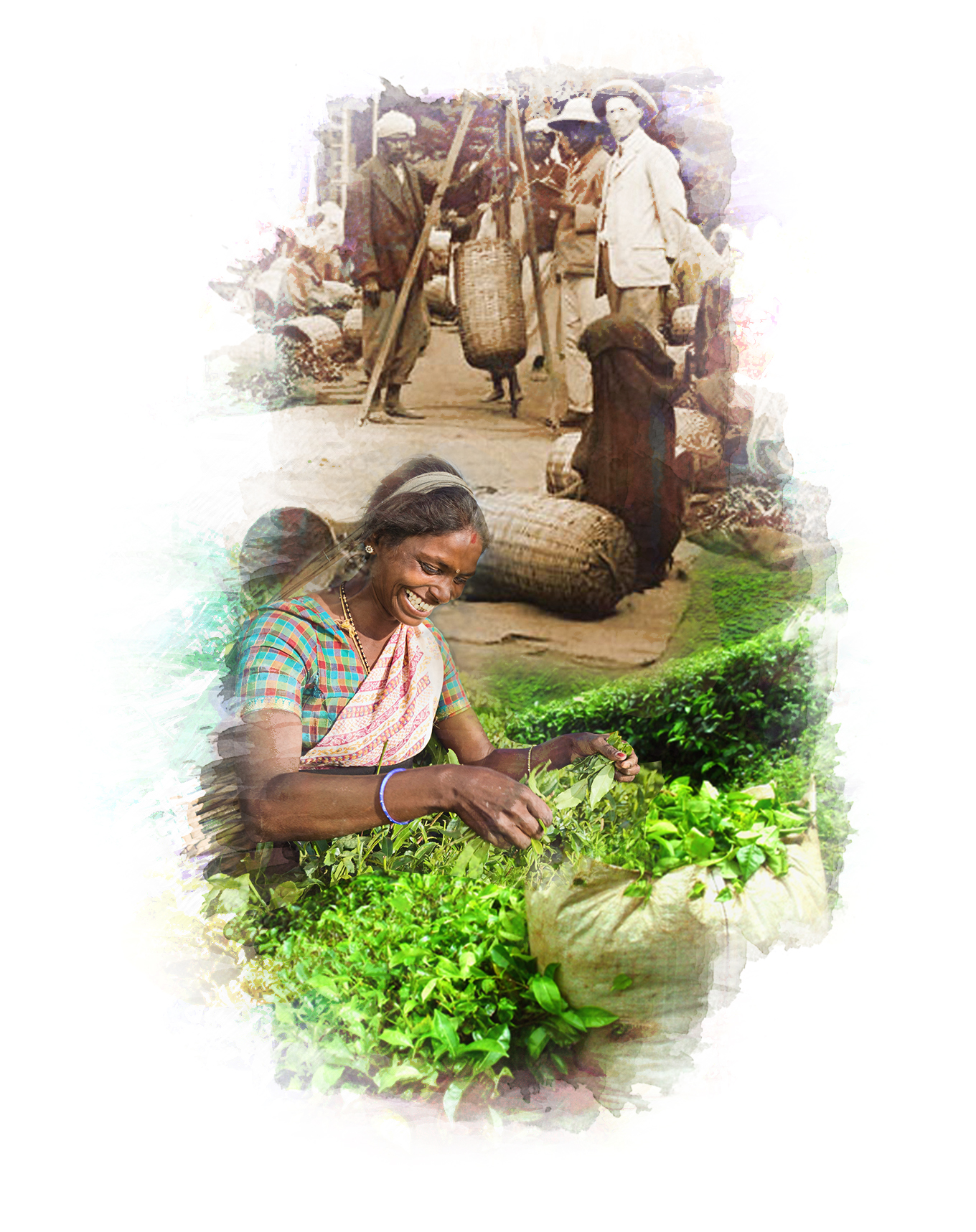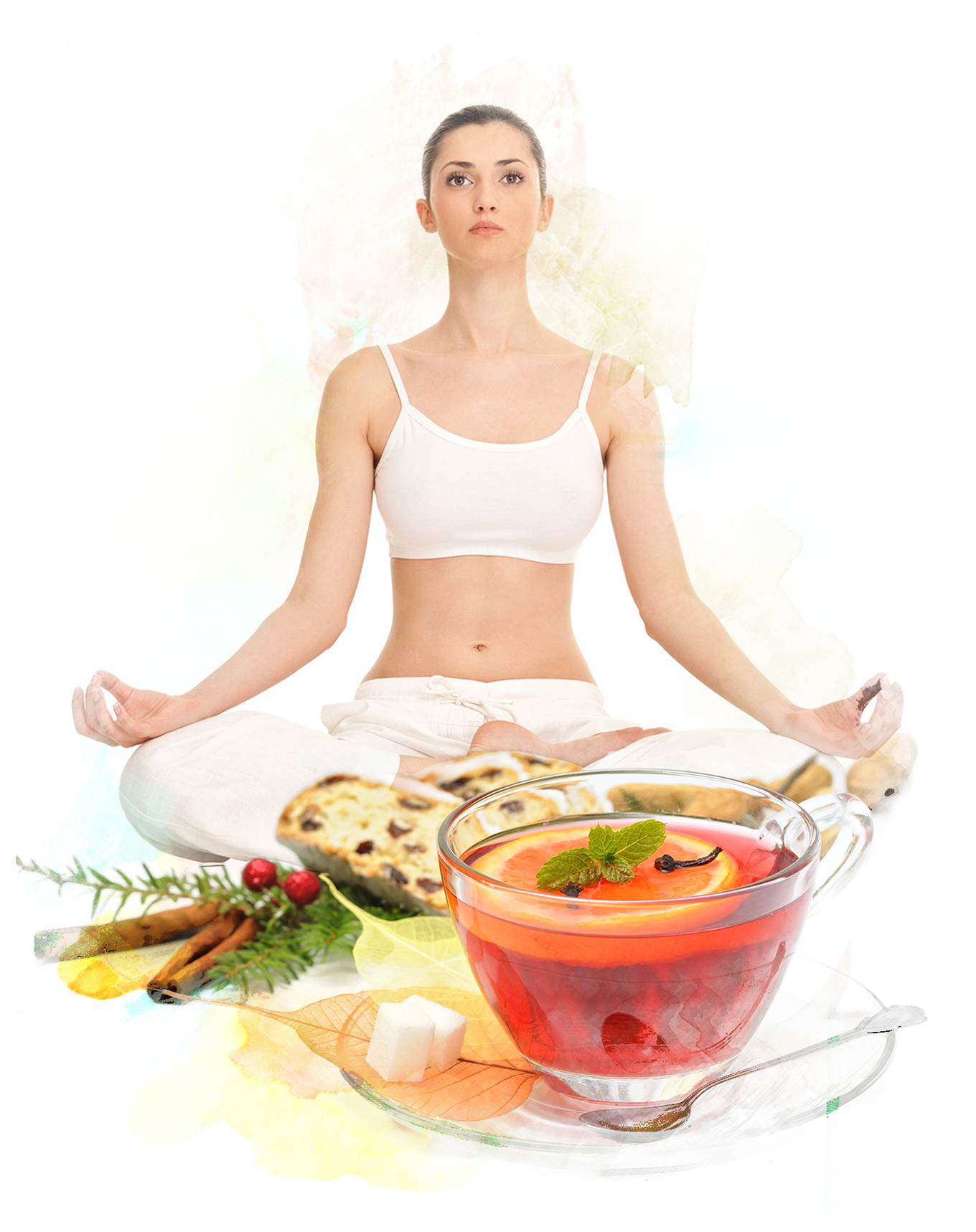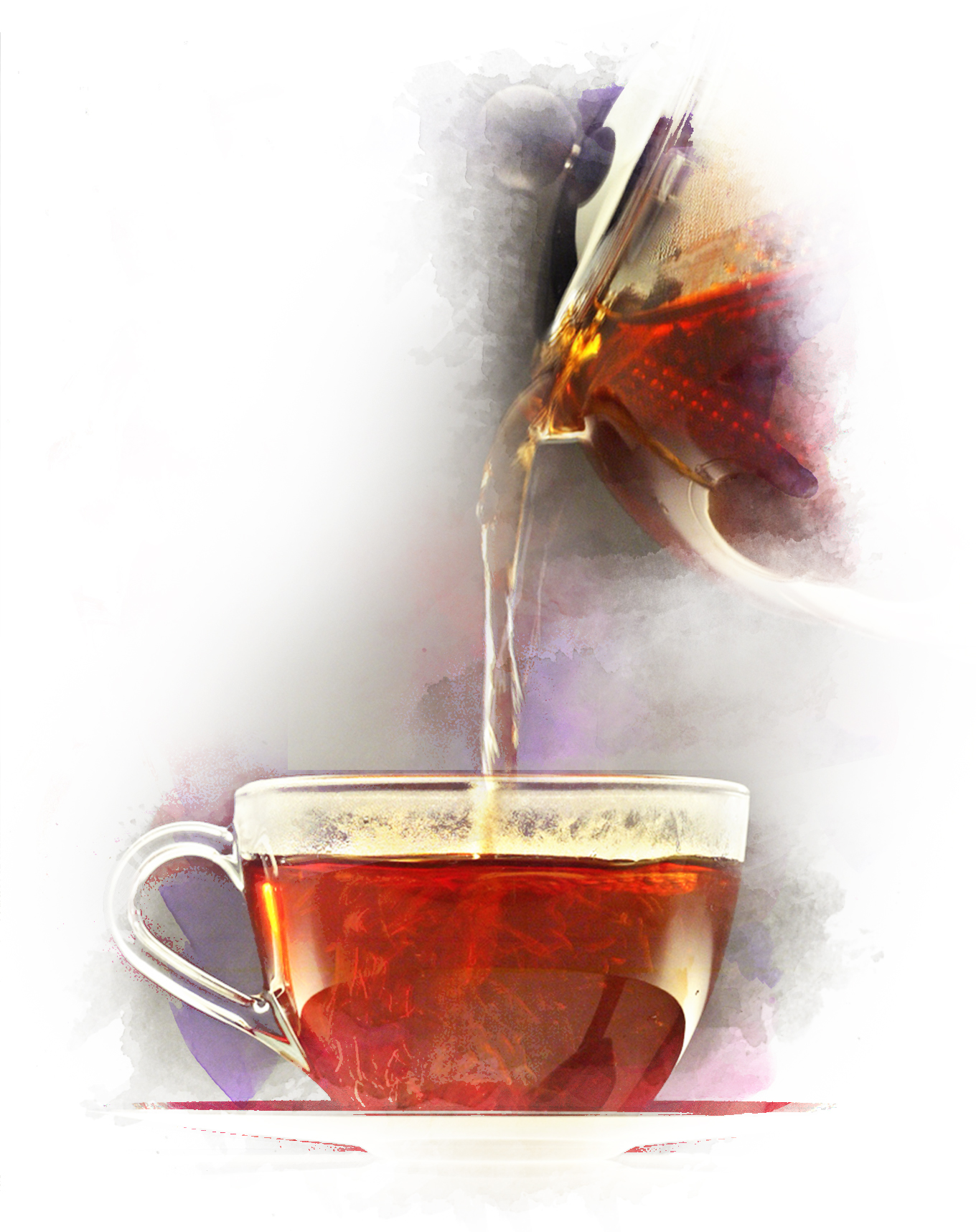The History of ‘Tea’
It is told that ‘tea’ was accidentally discovered by a Chinese Emperor namedShen Nung in the year 2737 BC. The famed herbalist Shen Nung is purported to have tasted a brew (in to which Camellia Sinensis leaves have accidentally fallen), in order to discover its medicinal properties. Whether this story is fact or fiction, this brew is what we call ‘tea’ today.
The first Europeans to encounter the beverage were Portuguese missionaries and merchants who travelled to China in the 16thcentury. It wasn’t until the Dutch arrived in the East that the exporting of tea to Europe began. In 1606 the first ever consignment of tea was shipped from China to Holland and soon became a fashionable drink among the privileged, the high prices of teakept it from mass consumption.
Despite its increase in popularity, it wasn’t until the end of the 16th century that ‘tea’ arrived on the shores of Great Britain. It seems hard to believe that the now quintessential English drink had a rather tenuous reception at first. It was not until the marriage of Charles ll to the Portuguese Princess Catherine of Braganza that things began to change. An ardent lover of tea, Catherine made the beverage popular among British nobility. The British East India Company, that controlled all foreign imports into Britain were quick to capitalize on this growing trend and so the shipments of tea began to increase.
Britain’s love and demand for tea seemed to have grown with her empire. After Ceylon was colonized by Britain in the year 1815 the first tea plant was brought from China to Sri Lanka in 1824. It was planted in the Royal Botanical Gardens, Peradeniya. When the British efforts on Coffee Plantations succumbed to blight a Scotsman named James Taylor planted 19 Acres of tea in Kandy. The climatic conditions of the Island proved to be ideal for the production of Tea. By 1875 he was able to send the first shipment of tea from Sri Lanka to the London Tea Auction, earning himself the title of “Father of the Ceylon Tea Industry”. Ceylon tea was soon acclaimed for its unique flavor and character.
Today an increase in tea cultivating regions andimprovements in production and technology has made tea a moreaffordable and accessible beverage to all. Next to water tea is believed to be the most admired beverage around the globe. Ceylon tea continues to be one of the best and the most renowned teas in the world.

Health Benefits of Tea

Tea was considered as a beverage used for good health for thousands of years in the East.It was believed that tea was the key to good health, happiness and wisdom. Tea has captured the attention of researchers in the West who are now discovering many health benefits in different types of tea.
The health benefits of tea have been monitored ever since the first infusion of Camellia Sinensis. Tea was exposed as a herbal plant by Emperor Shen Nung. Throughout History and today, in regions without access to clean drinking water, tea has been effectively used to reduce waterborne diseases.
Tea can boost stamina. Drinking a warm cup of tea can help reduce the risk of heart attacks. It also helps to protect your body against cardio vascular and degenerative diseases. Tea hydrates your body. It is high in oxygen radical absorbance capacity which is another way of saying that tea helps destroy free radicals that can harm your DNA. Tea might provide protection from ultra violet rays and could keep circumference in check. Tea is also known to be beneficial to people suffering from diabetics.
One study have found that tea provides protection against cellular degeneration upon exposure to radiation, while another found that tea can help skin bounce back post exposure. Many factors about tea is connected with brain health, polyphenols, a substance found in Green Tea may help maintain parts of the brain that regulate learning and memory. A cup of warm Ceylon tea is cup of good health.
The perfect cup of tea
How to prepare a perfect cup of tea ?
Tea is a casual beverage enjoyed by people every day. However, preparing a perfect cup of teais considered to bean Art. Preparing tea is an easy yet skillful task and does not need any previous experience or knowledge. Proper preparation of tea will give the user the best outcome of the Beverage. Depending on how many people you are serving and the type of tea you choose the preparation of tea varies, the preparation process will take approximately 15-20 minutes.
Keeping the tea pot warm is an important part of tea preparation that is often forgotten. A warm teapot allows the tea to maintain its heat for longer and brings out more flavor.
Add one cup of water to your tea pot per person. Use clean, filtered water as added minerals can alter the taste of tea. The water should be fully boiled before adding to the tea pot, if the water is not properly boiled it will not infuse withtea leaves.
To obtain the best flavor the tea leaves should be fresh. Add one teaspoon of tea leaves per person plus one teaspoon for the pot.
Add boiling water to a tea pot and close it with a lid. The brewing time of tea varies depending on the type of tea you have chosen for preparation. Black tea should be brewed for 2-3 minutes, white tea for 4-5 minutes, green tea for one minute and herbal tea for 5-6 minutes. This can also be altered depending on your taste preference. If you want your tea strong, brew it for longer and if you want your tea weak brew it for a lesser amount of time.
People enjoy adding milk and sugar or a slice of lemon to their tea. This is purely optional; the tea should be poured into tea cups so each person can customize how they want to add flavor in their tea. For black tea milk and sugar, lemon is often desired. Green tea is traditionally prepared without sugar as it can ruin its flavor.
Best of Luck for your next Cup of Pure Ceylon Tea!


Follow us on